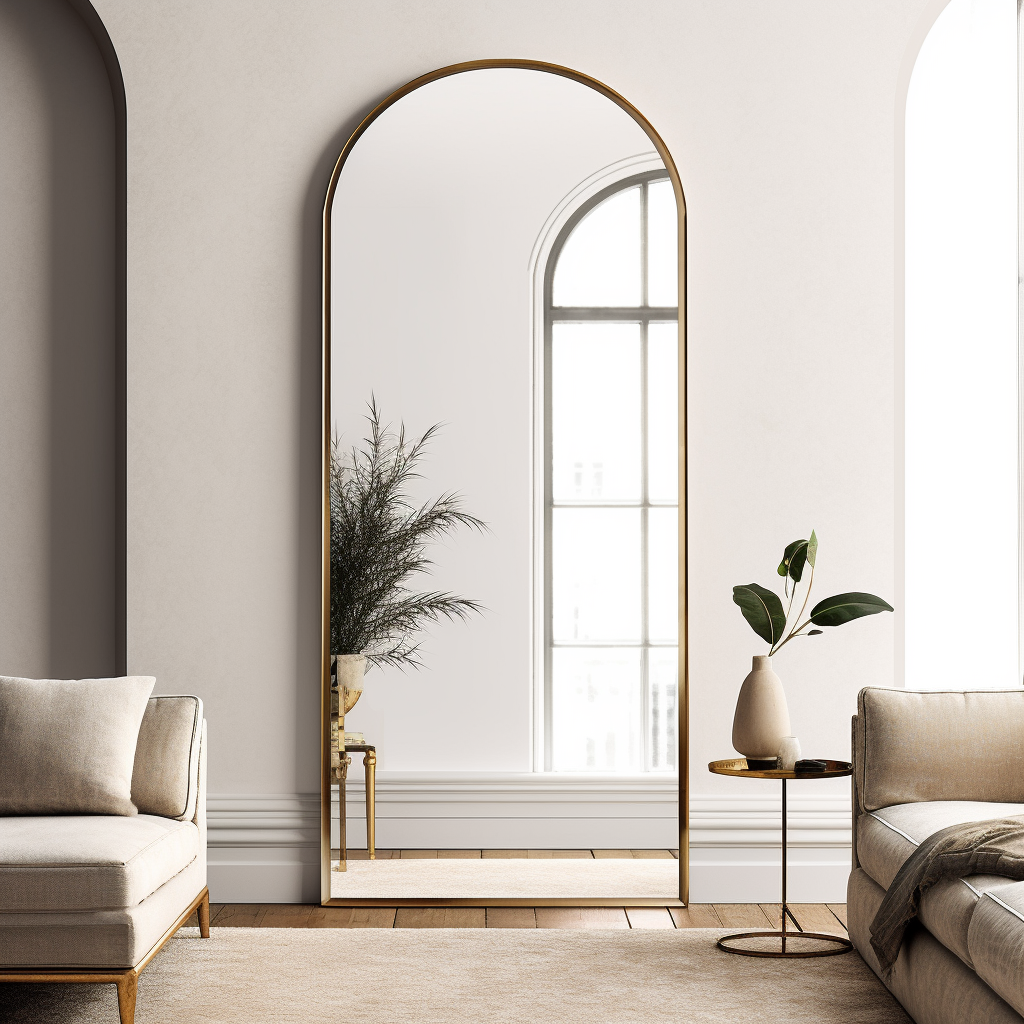
Decoding the Secrets Behind Cheap and Expensive Mirrors
Mirror, mirror on the wall, who's the fairest of them all? It turns out, the answer might depend on whether you're gazing into a budget-friendly looking glass or a high-end reflective masterpiece. Mirrors come in all shapes, sizes, and, most importantly, price ranges. In this journey through the looking glass, let's unravel the mysteries and unveil the key differences between cheap and expensive mirrors.
Frame Material
First impressions matter, and when it comes to mirrors, the frame sets the stage. Cheap mirrors often sport basic frames made from materials like plastic or MDF (Medium-Density Fibreboard). While these frames get the job done, they might lack the durability and visual impact of their pricier counterparts.
On the flip side, expensive mirrors boast frames crafted from high-quality materials like solid wood, metal alloys, or even hand-carved hardwoods. The craftsmanship is evident in every detail, elevating the mirror from a mere reflective surface to a piece of art that enhances your decor.
Furthermore, the distinction extends to the finishing touches. Cheap mirrors typically feature frames coloured with basic spray paint, whereas their expensive counterparts boast hand-applied gold leaf or silver leaf finishes, adding an extra layer of sophistication and luxury to the overall aesthetic.
Glass Quality
The reflection in the mirror is only as good as the quality of the glass. Inexpensive mirrors usually feature standard glass that may contain impurities, leading to subtle distortions, blurriness or even inconsistencies in reflections. These imperfections, although inconspicuous at first glance, can impact the overall clarity and sharpness of the mirror's image.
Expensive mirrors, on the other hand, often use high-quality glass with advanced coatings to ensure crystal-clear reflections. These coatings might include anti-glare or anti-reflective treatments, enhancing the mirror's functionality and making it a joy to behold.
Detecting impurities in a mirror typically requires a keen eye and attention to detail. Here are some ways you can determine if a mirror is made up of impurities:
- Reflection Inspection: Observe your reflection for distortions, waviness, or irregularities that may indicate impurities.
- Blemish Check: Examine the mirror surface for visible spots, marks, or cloud-like formations that could be impurities.
- Lighting Examination: Illuminate the mirror from different angles to reveal imperfections that may not be visible in normal lighting.
- Edge Inspection: Pay attention to the edges, where impurities may be more noticeable, and inspect for irregularities.
- Tactile Examination: Run your fingers across the mirror surface to detect any rough patches or inconsistencies that may indicate impurities.
- Water Test: Sprinkle water on the mirror; observe how it behaves to reveal uneven beading or other irregularities.
- Professional Opinion: If in doubt, seek the expertise of a professional glass expert or mirror manufacturer for a thorough assessment. Keep in mind that minor imperfections are normal, but substantial distortions can impact the mirror's quality.
Glass Thickness
Inexpensive mirrors often feature thinner glass, which can result in a less durable and less optically clear surface. Thin mirrors are more susceptible to warping or distortion over time, and they may not provide a true reflection.
On the other hand, expensive mirrors typically employ thicker glass with precise engineering to ensure a flawless reflective surface. Thicker mirrors are generally more robust, resistant to distortion, and offer better optical quality. The additional cost associated with a thicker, higher-quality mirror reflects the investment in superior materials and craftsmanship, resulting in a more visually pleasing and long-lasting product.
To gauge the flatness of a mirror, a simple test involves placing a ruler perpendicular to the surface, revealing any deviations in its flatness.
Mirror Size
One of the most noticeable differences between cheap and expensive mirrors is their size. Affordable mirrors tend to be smaller and are often mass-produced, limiting your options when it comes to finding the perfect fit for your space. If you're looking for a statement piece to adorn a large wall, you might find yourself wanting more.
Enter the realm of expensive mirrors, where size knows no bounds. These mirrors come in a variety of shapes and sizes, from oversized statement pieces that demand attention to custom options that cater to your specific spatial needs. When it comes to mirrors, bigger isn't always better, but having the option to choose the perfect size for your space is undoubtedly a luxury.
Mirror Weight
If you've ever attempted to move a mirror, you know that weight matters. Cheap mirrors are often lightweight and easy to handle, making them a practical choice for those who like to rearrange their living spaces frequently. However, this lightness can sometimes translate to a less substantial feel on the wall.
Expensive mirrors, on the other hand, can be quite weighty, especially those with substantial frames and high-quality materials. While this might pose a challenge when it comes to installation, the heftiness of the mirror can convey a sense of sturdiness and permanence, enhancing the overall presence of the piece in your home.
Mirror Backing
The difference between a cheap and an expensive mirror, especially when it comes to the backing, is mainly about the quality of materials used. Cheaper mirrors usually have a basic backing made of materials like cardboard or MDF, which can wear down faster, especially when exposed to moisture.
Expensive mirrors, on the other hand, use more advanced backing materials that resist moisture and protect the mirror better. Additionally, high-quality backing is crucial because mirrors tend to bend over time due to their weight. Strong backing helps counter this bending, making the mirror more durable and preventing it from losing its shape. So, while pricier mirrors may cost more, their investment in better backing materials ensures they last longer and stay looking good.
Final Thoughts
In conclusion, the difference between a cheap and expensive mirror goes beyond the surface. While budget-friendly options provide a quick fix, their pricier counterparts offer a lasting investment in quality, aesthetics, and functionality.
Whether you're looking for a mirror to serve a utilitarian purpose or seeking a statement piece to transform your space, understanding these differences can help you make a reflective decision that suits both your style and your budget.
With Mirror Space mirrors, you aren't just bringing a reflective surface into your home or business; you're inviting in a piece of art, a testament to meticulous craftsmanship, and a touch of unparalleled elegance. Our commitment to excellence begins with our suppliers, where we meticulously source each piece to ensure the highest standards of quality.
So, mirror, mirror on the wall, which one will it be after all? The choice is yours to reflect upon.








